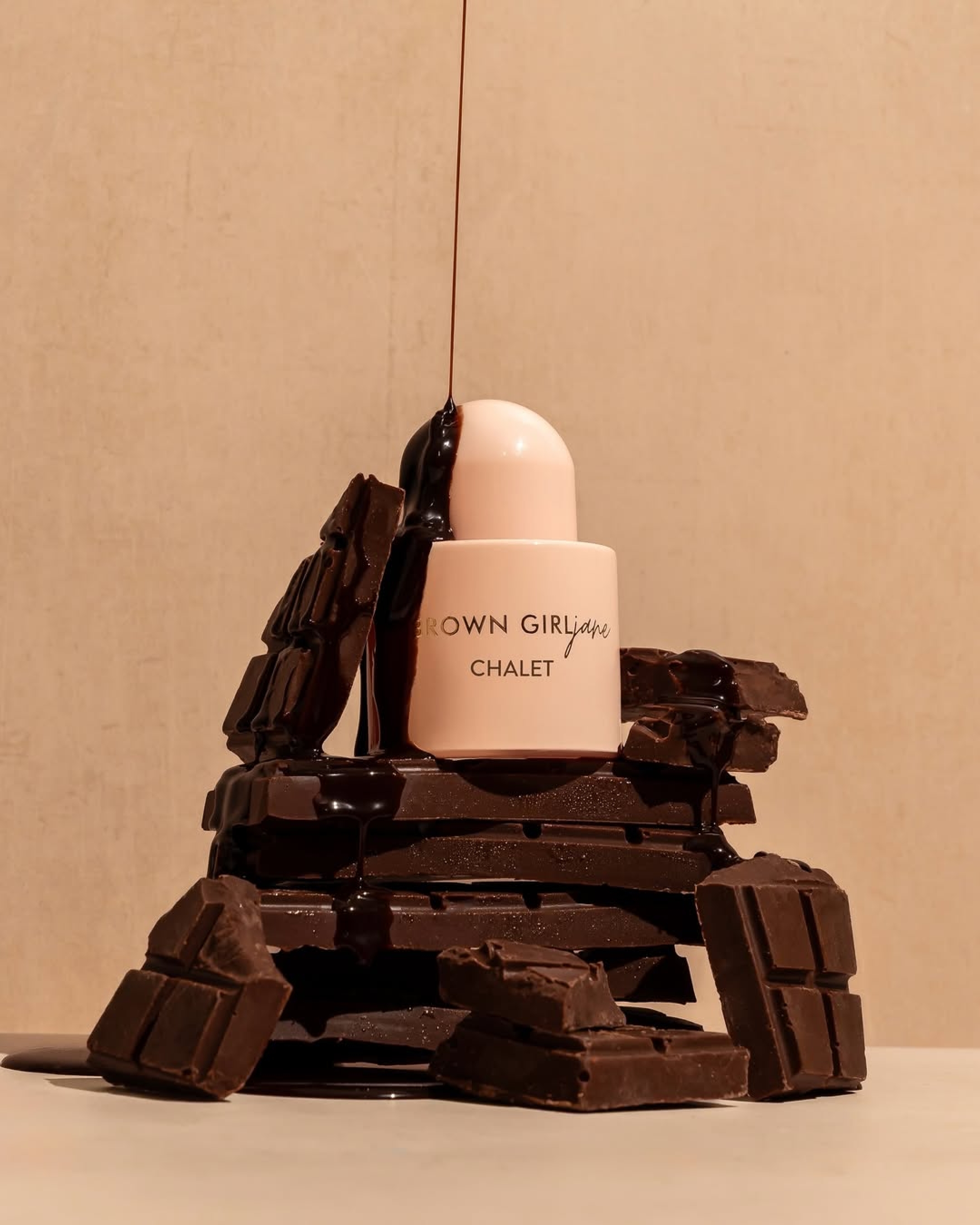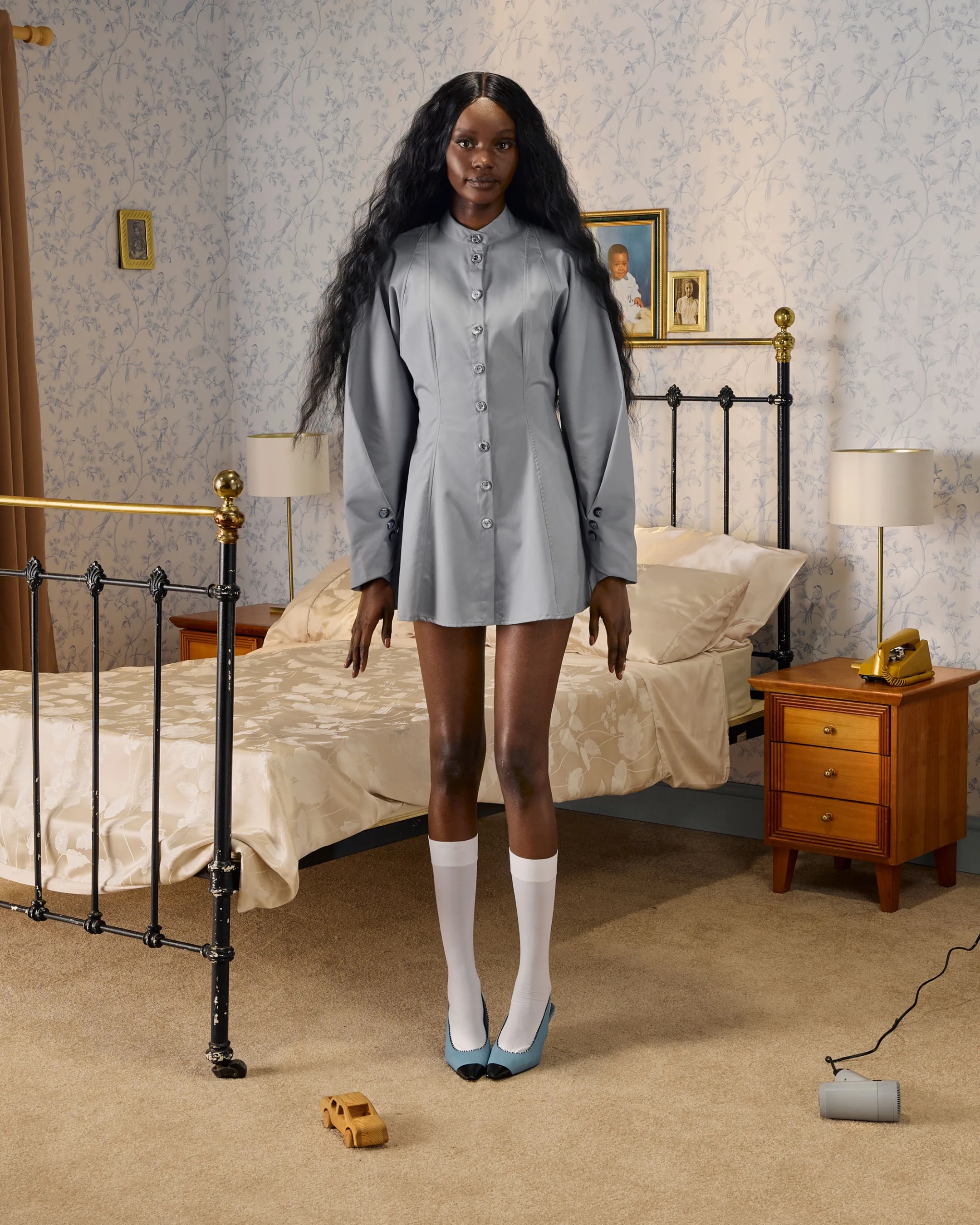The design industry has long been a playground for creativity and innovation. However, it’s essential to acknowledge the disparities within this realm, particularly concerning the representation of Black creatives. The lack of diversity hampers not just the growth of the field, but also its potential for producing work that reflects the multiplicity of human experiences. In this respect, the incorporation of Black creatives is not just a ‘nice-to-have’ but an absolute necessity for a richer, more equitable design environment.
Why Representation Matters
Design is a universal language, but its accents are profoundly local. The participation of Black designers adds cultural depth and texture to this creative language. They bring in unique perspectives shaped by experiences, traditions, and narratives that are often underrepresented. The absence of these voices contributes to a design landscape that’s not just monotonous but also exclusionary, reinforcing stereotypes and biases.
A Broader Palette
The contribution of Black creatives extends beyond the representational to the stylistic. Black art and design traditions have historically been innovative, dynamic, and rooted in complex historical and social contexts. Think of the vivid colour schemes, intricate patterns, and storytelling techniques evident in various art forms, from African textiles to contemporary digital art. Their inclusion broadens the aesthetic toolkit available to the industry, making it richer and more versatile.
Breaking Stereotypes
One of the most potent tools at the disposal of the design industry is its ability to shape perceptions. By including Black creatives in significant roles, the industry can move away from harmful stereotypes and tokenistic portrayals. Instead, the work produced becomes a platform for authentic voices, enabling a more nuanced and accurate representation of Black culture and experience.
Untapped Markets and Talent
From a purely economic standpoint, greater diversity often correlates with better financial performance. By ignoring Black creatives, the industry is sidelining a considerable pool of talent and potential consumers. Black consumers represent a significant market demographic with specific needs and preferences that can only be understood fully with insiders' perspectives.
Bridging the Gap: Actions Over Words
While the discourse surrounding diversity and inclusion has gathered momentum, actionable steps must follow. This involves not just hiring Black creatives but also fostering an environment where they have the autonomy and resources to thrive. Mentorship programmes, community outreach, and inclusive hiring practices are steps in the right direction.
Building Equitable Platforms
The design industry, which often prides itself on its progressive outlook, must lead by example. It’s not enough to have diversity as a tick-box exercise. The end game should be a complete cultural shift—a move from mere representation to genuine inclusion.
The necessity of including Black creatives in the design industry transcends ethical considerations to encompass artistic, economic, and cultural imperatives. Their inclusion enriches the industry, rendering it more representative and more capable of producing nuanced, insightful work. As we celebrate Black History Month, let this not be a momentary nod to diversity but a clarion call for sustained, meaningful change.






.svg)


.svg)
.svg)






